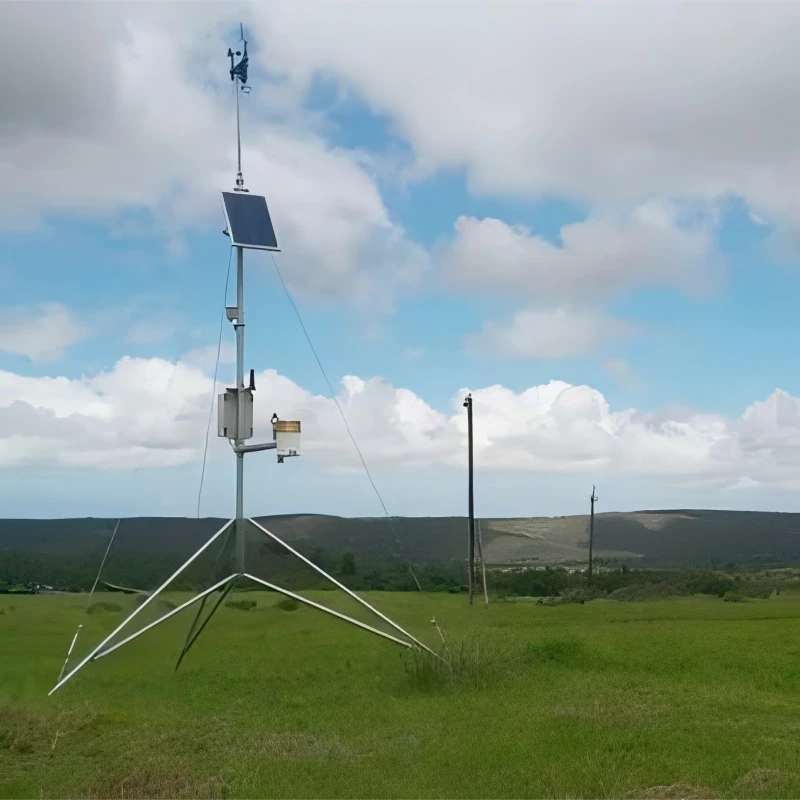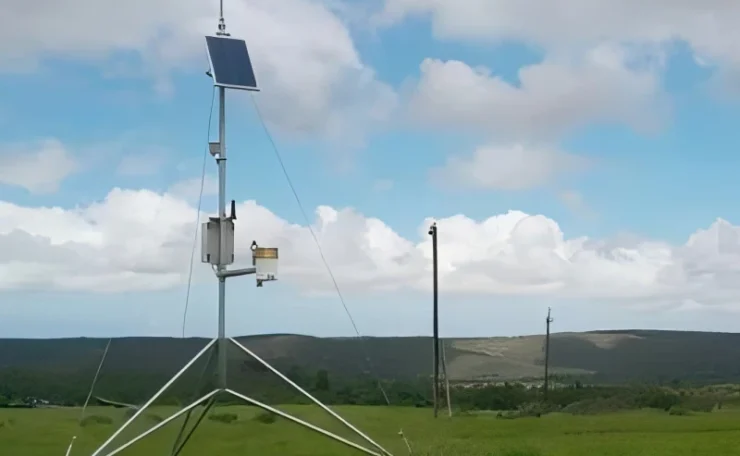
# Weather Measuring Instruments: Essential Tools for Accurate Forecasting
Weather forecasting has come a long way from relying solely on observations of the sky and natural phenomena. Today, meteorologists use a variety of specialized weather measuring instruments to collect precise data, enabling accurate predictions and better understanding of atmospheric conditions. These tools are indispensable for everything from daily weather reports to climate research.
## Thermometers: Measuring Temperature
One of the most fundamental weather measuring instruments is the thermometer. It measures air temperature, which is crucial for understanding weather patterns. Modern thermometers use digital sensors, but traditional mercury or alcohol-based thermometers are still widely used. Accurate temperature readings help predict heatwaves, cold snaps, and seasonal changes.
## Barometers: Tracking Atmospheric Pressure
Barometers are essential for measuring atmospheric pressure, a key indicator of weather changes. A sudden drop in pressure often signals an approaching storm, while rising pressure typically indicates fair weather. Aneroid barometers and digital barometers are commonly used today, providing real-time data for forecasting.
## Anemometers: Gauging Wind Speed and Direction
Wind plays a significant role in weather systems, and anemometers are the go-to instruments for measuring wind speed and direction. Cup anemometers, vane anemometers, and ultrasonic anemometers are popular types. This data is vital for predicting storms, understanding wind patterns, and even planning wind energy projects.
## Hygrometers: Measuring Humidity
Humidity levels influence weather conditions and human comfort. Hygrometers measure the amount of moisture in the air, helping meteorologists predict fog, rain, or drought. Psychrometers and capacitive hygrometers are widely used, providing accurate readings that are critical for agricultural planning and health advisories.
## Rain Gauges: Measuring Precipitation
Rain gauges are simple yet effective tools for measuring the amount of precipitation over a specific period. They come in various designs, including standard cylindrical gauges and tipping bucket gauges. Accurate precipitation data is essential for flood forecasting, water resource management, and agricultural planning.
## Weather Stations: Comprehensive Data Collection
Modern weather stations combine multiple instruments into a single system, providing a comprehensive overview of atmospheric conditions. These stations often include thermometers, barometers, anemometers, hygrometers, and rain gauges, along with additional sensors for solar radiation and UV levels. Automated weather stations transmit data in real time, making them invaluable for meteorologists and researchers.
## The Role of Satellites and Radar
While ground-based instruments are essential, satellites and radar systems provide a broader perspective. Satellites monitor large-scale weather patterns, track hurricanes, and measure sea surface temperatures. Radar systems detect precipitation, measure its intensity, and track storm movements. Together, these technologies enhance the accuracy of weather forecasts and early warning systems.
## Conclusion
Weather measuring instruments are the backbone of accurate forecasting and climate research. From simple thermometers to advanced satellite systems, these tools provide the data needed to understand and predict weather patterns. As technology advances, these instruments will continue to evolve, improving our ability to anticipate and respond to weather-related challenges.
Keyword: weather measuring instruments
